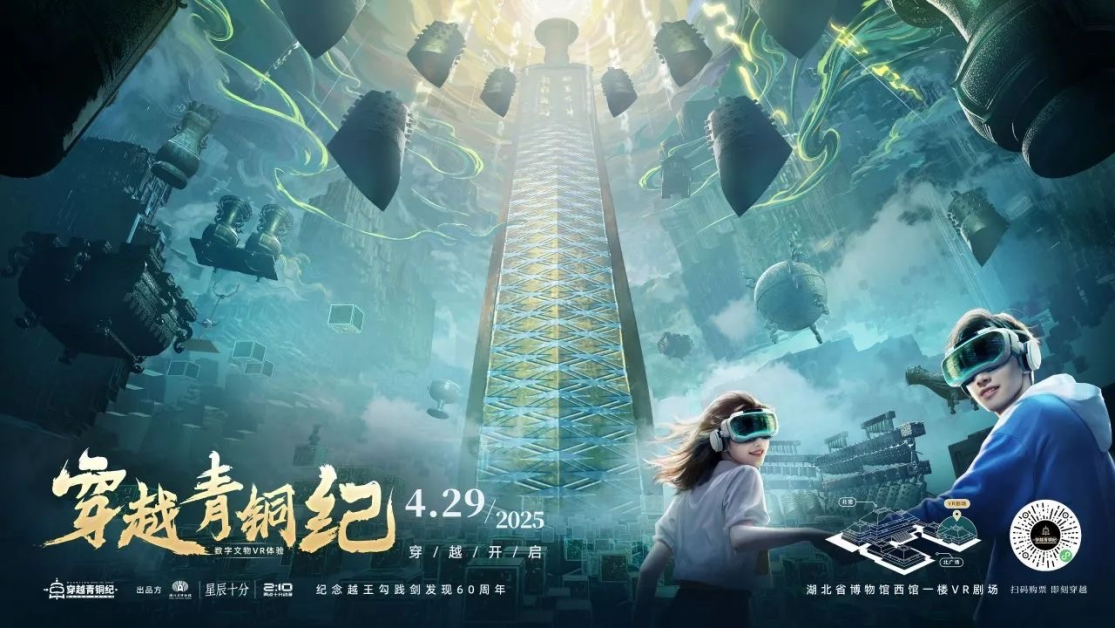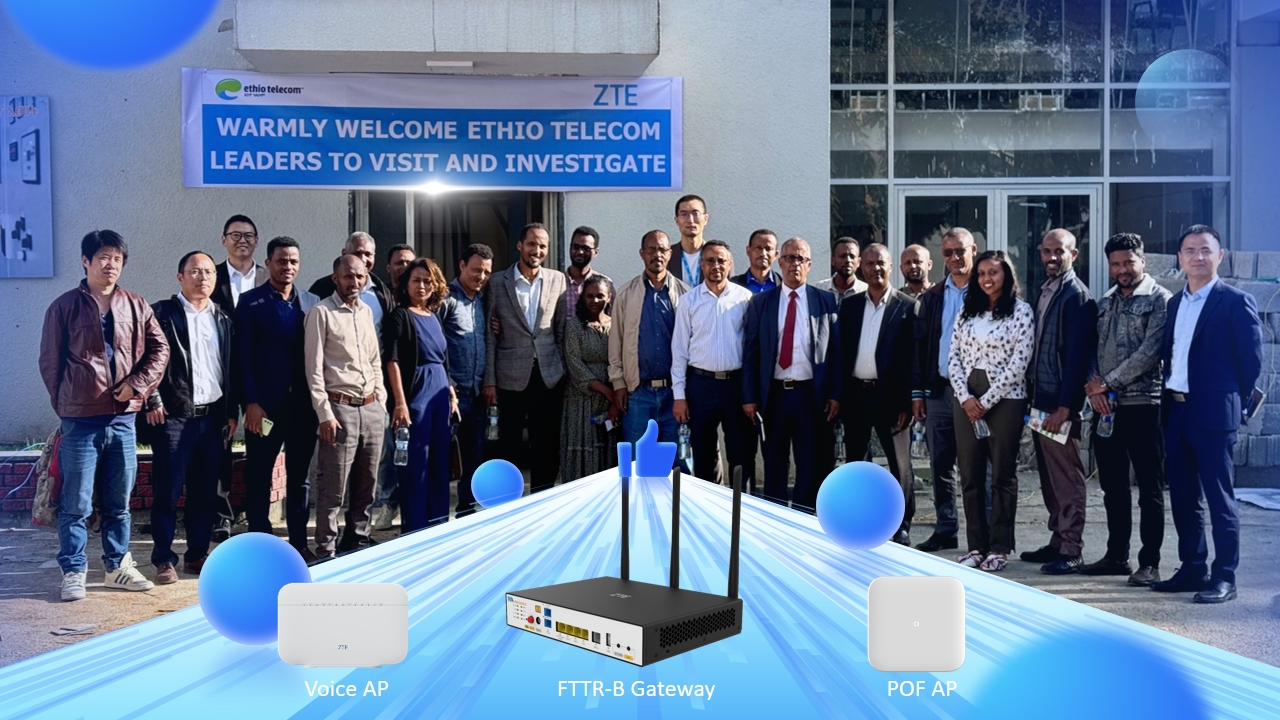ZTE drives smart cultural tourism transformation with 5G-A, ushering in a new era of immersive experiences
- China Unicom, together with 2:10AMculturalCommunication, Hubei Provincial Museum, and ZTE, developed the film-level 5G-A digital cultural relics LBVR experience project, "Traversing the Bronze Age"
- ZTE's EasyOn·Meta solution leverages 5G-A technology to deliver seamless, fast-deploying network coverage, enhancing user immersion and boosting operational efficiency
Shenzhen, China, 3 June 2025 - ZTE Corporation (0763.HK / 000063.SZ), a global leading provider of integrated information and communication technology solutions, highlights the transformative potential of 5G-A as an advanced evolution of 5G. Offering ultra-high speed, ultra-low latency, and massive connectivity, 5G-A can deliver downlink speeds of tens of gigabits per second, enabling efficient data transmission and real-time interaction. In collaboration with industry partners, China Unicom Hubei Branch has launched a 5G-A Location-Based VR (LBVR) project—an exemplary case of integrating 5G-A into industrial applications, aligning cutting-edge technology with real-world scenarios.
Traditional LBVR faces several challenges. Backpack-based local rendering involves bulky equipment, poor heat dissipation, and limited battery life, all of which significantly impact user experience. All-in-one VR headsets, while more portable, are constrained by limited computing power, resulting in reduced image quality and noticeable lag. Additionally, Wi-Fi's limited bandwidth and susceptibility to spectrum interference restrict the number of simultaneous users to a maximum of eight.
To address these pain points, China Unicom Hubei Branch, in collaboration with 2:10AMculturalCommunication, Hubei Provincial Museum, and ZTE, launched the film-level 5G-A digital cultural relics LBVR experience project "Traversing the Bronze Age". By innovatively applying ZTE's EasyOn·Meta solution and leveraging the advantages of 5G-A technology, the project successfully faced by traditional VR applications.
By deploying 5G-A indoor base stations, high-speed, low-latency 5G-A network coverage has been achieved. The adoption of intelligent beam joint management technology meets the mobility requirements of LBVR applications. A dedicated 5G-A VR service assurance strategy, featuring intelligent timeslot-level scheduling and optimization, enables network and services coordination and realizes the end-to-end performance guarantee of VR services. This solution supports up to 100 players simultaneously online, delivering 4K@90fps UHD image quality and millisecond-level interaction response. Players can freely explore the virtual world in more than 600 square meters space by wearing a lightweight VR headset without the need for a backpack. It truly achieves a "backpack-free" experience, greatly enhancing user convenience and comfort.
The project adopts a "terminal-edge" collaborative architecture. Leveraging the highly reliable transmission capabilities of the 5G-A air interface, it fully harnesses the computing power of edge rendering and supports dynamic scheduling of rendering resources. This enables high-quality, film-grade rendering, delivering a deeply immersive experience for players. Additionally, the 5G-A network is capable of accommodating VR content from multiple platforms, reducing the complexity of content adaptation and significantly supporting the rapid scalability and replication of LBVR projects.
According to reports, during the May Day holiday in 2025, Hubei Provincial Museum welcomed 132,500 visitors, marking a year-on-year increase of 20.17%. Among them, thousands experienced the 5G-A LBVR project "Traversing the Bronze Age". The integration of 5G-A technology with cultural tourism has upgraded the traditional experience model of the industry. By presenting precious cultural relics in a new digital format, 5G-A enables audiences to immerse themselves in the intricate details of these artifacts. This technological empowerment allows industrial applications to overcome the limitations of time and space, bringing unprecedented experiences to users and offering new ideas for the innovative development of cultural tourism. It also lays a solid foundation for the large-scale deployment and promotion of similar projects.
The commercial launch of ZTE's EasyOn·Meta solution has provided strong momentum for the development of LBVR. It also underscores the commercial potential of 5G-A technology within the cultural tourism industry, offering a technological model for the digital dissemination of cultural IP (Intellectual Property). As 5G-A technology continues to evolve and gain wider adoption, it will further accelerate the digital transformation and innovative development across various industries, fostering new business models and application scenarios.

Traversing the Bronze Age



